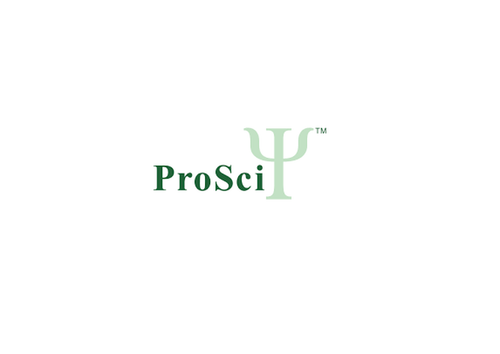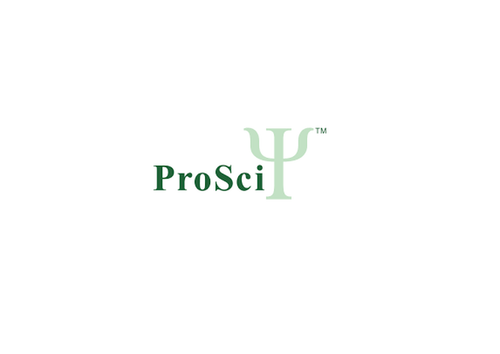Product Description
Glycine Receptor Antibody | XPS-2015 | ProSci
Host: Rabbit
Reactivity: Rat
Homology: N/A
Immunogen: Glycine Receptor polyclonal antibody was raised against a peptide derived from the amino terminus of the *1 subunit of Glycine Receptor.
Research Area: Signal Transduction
Tested Application: WB, IHC
Application: Glycine Receptor antibody is specific immunolabeling of the ~48k *1 and *2 subunits of the receptor in Western blots of rat spinal cord and in cell extracts containing the recombinant human glycine receptors. Immunolabeling blocked by preadsorption of antibody with the peptide immunogen derived from the amino terminus of the *1 subunit of the receptor. Applications include Dot Blots (DB) and Western Blots (WB) . Rabbit anti-Glycine Receptor recognizes glycine receptor α1 and α2 in rat spinal cord and brain stem. When internally tested under ideal conditions the working dilutions were 1:1000 for DB and WB.
Specificiy: N/A
Positive Control 1: N/A
Positive Control 2: N/A
Positive Control 3: N/A
Positive Control 4: N/A
Positive Control 5: N/A
Positive Control 6: N/A
Molecular Weight: 48
Validation: N/A
Isoform: N/A
Purification: Affinity Purified
Clonality: Polyclonal
Clone: N/A
Isotype: N/A
Conjugate: Unconjugated
Physical State: lyophilized
Buffer: N/A
Concentration: N/A
Storage Condition: Glycine Receptor antibody can be stored at -20˚C. After reconstitution in 50 μl PBS, the antibody should be aliquot and stored at -20˚C. This product is stable at -20˚C for at least 1 year.
Alternate Name: N/A
User Note: Optimal dilutions for each application to be determined by the researcher.
BACKGROUND: Gamma-amGlycine is an important inhibitory transmitter in the brainstem and spinal cord. Glycine receptors are members of the ligand-gated ion channel family (LGICs) that mediate rapid chemical neurotransmission. The binding of glycine to its receptor produces a large increase in chloride conductance, which causes membrane hyperpolarization. Glycine receptors are anchored at inhibitory chemical synapses by a cytoplasmic protein, gephyrin. Gene targeting in mice showed that gephyrin is required for synaptic clustering of glycine receptors in spinal cord. The glycine receptor has been used to great advantage in the identification of the binding sites for alcohol on the LGIC family of proteins. These receptors have also been extremely useful in studies of synaptic clustering of receptors. During postnatal motoneuron development, the glycine receptor alpha subunit changes from alpha2 (fetal) to alpha1 (adult) .
 Euro
Euro
 USD
USD
 British Pound
British Pound
 NULL
NULL










